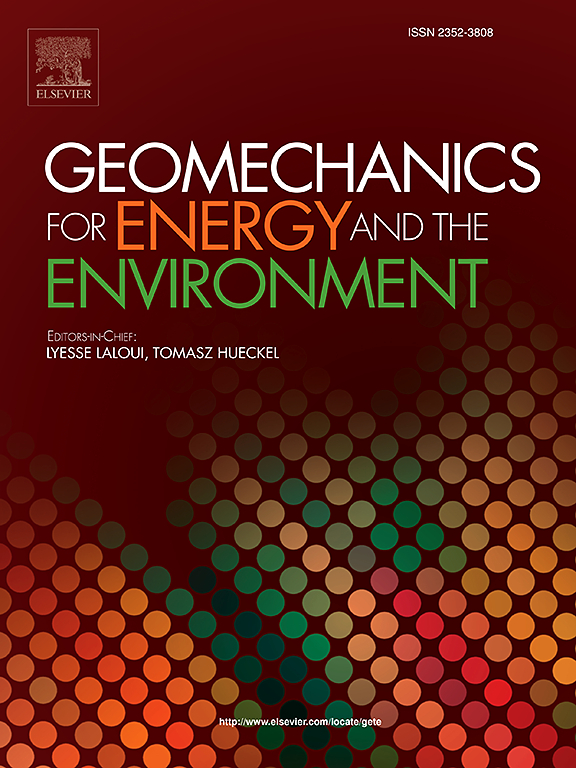A complete experimental study on hard granites: Microstructural characterization, mechanical response, and failure criterion
Abstract
This study, performed during the ORCHYD European project, devoted to drilling deep geothermal boreholes, has many potential applications to mechanical studies. It gathers geological descriptions of three outcropping granites from Scandinavia (Kuru Grey and Red Bohus) and from the South of France (Sidobre). Microstructural investigations include optical microscopy and X-ray tomography. The three granites chosen contain grain sizes that cover all the common ranges for granites: fine, medium and coarse. As the mineral phase volume fractions are similar in each, the grain defects and grain boundaries are carefully studied in an attempt to understand the physical and mechanical properties of the three granite rock samples measured at laboratory specimen scale. The rocks are tested for UCS, BTS and triaxial compressive strength with confining pressures up to 225 MPa or/and high strain-rates up to 103/s. The micro-structural parameters influencing the mechanical behaviour are highlighted. Test results show that the effect of confining pressure and strain-rate on compressive strength are uncoupled. These effects are then estimated independently, and a fracture criterion in compression accounting for both variables is proposed for the family of very hard granites. This criterion takes as a single reference strength measure for each rock the deviatoric stress at failure under 20 MPa confining stress in the quasi-static regime. It is then compared with existing datasets for which both quasi-static and dynamic regime data are available. This complete data set on these three very hard granites (UCS ∼ 200 MPa), together with a synthesis for failure prediction, has the potential to inform numerous rock engineering projects and be of value to the scientific community.

 求助内容:
求助内容: 应助结果提醒方式:
应助结果提醒方式:


